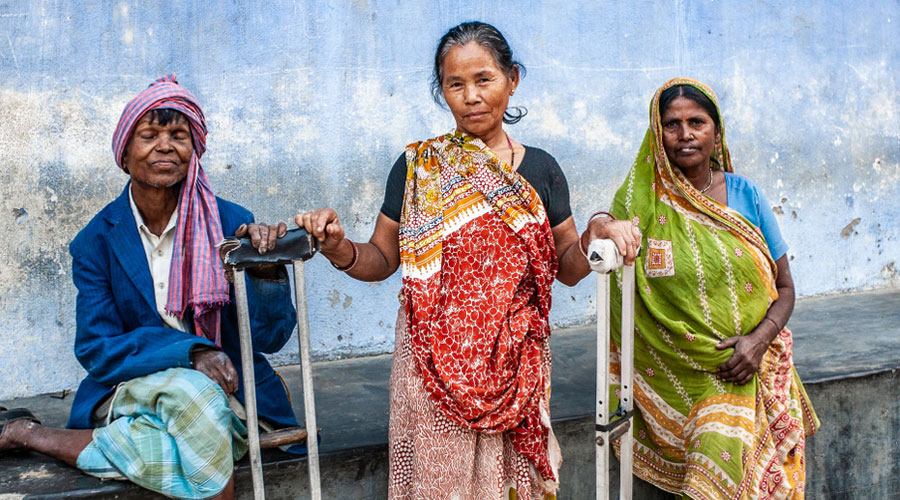The Union health ministry has proposed regular surveillance for leprosy, concerned that more than 100,000 new patients are detected annually despite India having statistically “eliminated” the disease 15 years ago.
The ministry on Monday released operational guidelines that propose yearly or twice-a-year screening in select areas depending on the leprosy prevalence rates there. The guidelines also propose financial incentives for public health workers to detect cases.
The ministry had in 2005 declared leprosy “eliminated”, defining the threshold as when the country’s prevalence rate fell below one per 10,000 population. Public health experts have often underlined since then that tens of thousands of new patients emerge every year.
The new guidelines seek to widen the effort for case detection through regular household screening, citing high prevalence in certain pockets in several states and the challenge of diagnosing leprosy among the urban poor.
Screening has been proposed once a year in areas with prevalence rates lower than one per 10,000, and twice a year in areas with prevalence rates higher than one per 10,000. Any area with even a single child patient will be subject to two screenings a year.
Public health workers tasked with case detection will receive an incentive of Rs 1,000 for the screening rounds.
Villages that have not recorded any leprosy cases for three years or longer will not be included in the screening. But the health workers there will receive incentives of up to Rs 250 for the detection of a leprosy case and up to Rs 600 to ensure the patient completes the treatment.
“I think this is a well-intentioned move and hope it’ll help further reduce incidence,” said Jai Prakash Muliyil, former professor of community medicine at the Christian Medical College, Vellore, and one of the experts critical of the government’s declaration of “elimination”.
“But active case detection will hinge on the capacity of the health system to pick up cases early — it will require expertise for diagnosis. It’s not difficult, but needs special training,” Muliyil said.
The health ministry has over the past decade reported between 133,000 and 120,000 new leprosy cases every year. Health experts say that in many states, the infection has been disproportionately high among specific segments of disadvantaged populations such as tribal and Dalit communities.
Oommen Kurian, head of health initiatives at the non-government Observer Research Foundation, had in a report last year noted that India’s challenges in battling leprosy include “low detection, high level of concentration of the disease in already marginalised population groups, and patchy implementation of detection and treatment programmes”.











